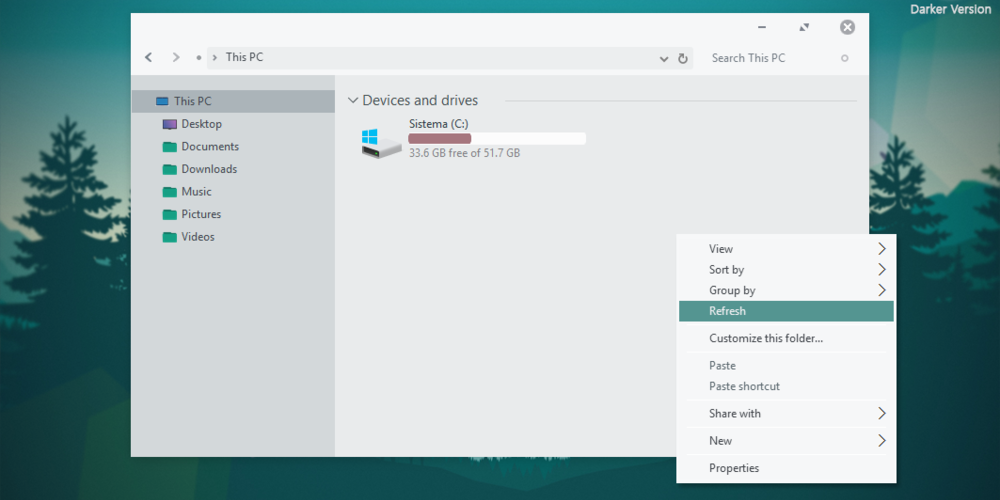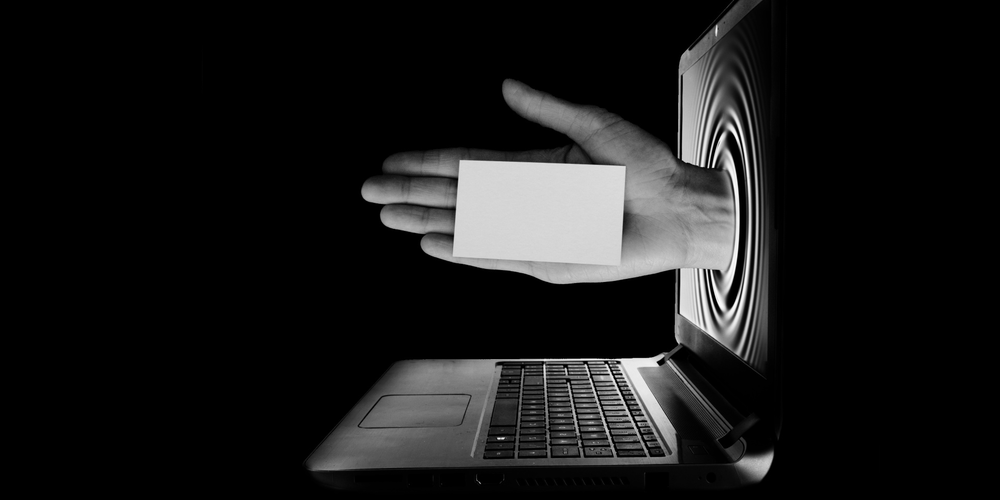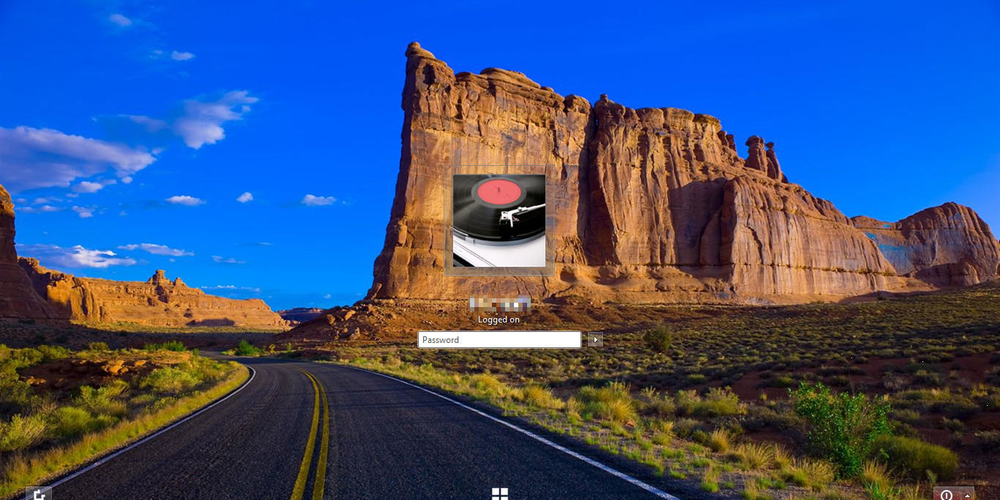In the digital age, the debate between dark and light screen themes has become more than a matter of aesthetic preference—it's a conversation about usability, accessibility, and comfort. As we find ourselves continually gazing at digital displays, the decision to select between dark and light modes has considerable consequences for our everyday experiences. This article explores the nuances of each theme, providing insights to help you determine which side of the spectrum suits you best. Whether you're a night owl or an early riser, a coding wizard or a literary enthusiast, join us as we navigate the digital chiaroscuro of screen themes.
The Allure of the Dark Screen Theme
Diving into the realm of the dark screen theme, one can easily see its appeal. The dark mode presents a sleek, modern interface that many users find visually appealing. It conjures an image of sophistication and focus, creating a workspace that feels like the command center of a spaceship. Beyond aesthetics, dark themes can offer practical benefits, particularly in low-light environments where they can reduce glare and minimize the strain on your eyes. It's a favorite among programmers, gamers, and nocturnal creatures who find solace in the soothing embrace of darker hues.
Shining a Light on Light Themes

Conversely, the light theme is the digital equivalent of a brightly lit room. It's clean, crisp, and invigorating, often associated with clarity and positivity. Light themes excel in well-lit environments, enhancing readability and reducing the incidence of on-screen reflections. They are a staple in traditional office settings and are favored by those who prefer a more classic look that mimics the familiar feel of ink on paper. For tasks that require intense concentration and detail, such as reading or writing, a light screen theme can be a boon for productivity.
The Battle of Visual Comfort: Contrast and Readability
When it comes to visual comfort, contrast and readability are critical factors. Dark themes often reduce the contrast between the text and background, which can be gentler on the eyes for some users, especially during extended use. Reduced contrast can decrease visual fatigue and make the viewing experience more pleasant for those sensitive to bright light. However, light themes offer a high-contrast environment that can enhance text clarity and sharpness, aiding in the reading and comprehension process. This capability is particularly beneficial for those with certain visual impairments that require a stark contrast to engage with content effectively.
Energy Consumption: The Efficiency Debate

Energy consumption is another element in the dark vs. light theme debate. It's often touted that dark themes can save battery life, especially on devices with OLED or AMOLED screens where black pixels are essentially turned off. This can be a compelling argument for the mobile workforce and users who rely on their devices throughout the day without convenient charging options. However, on devices with LCD screens, the energy-saving benefits of dark themes are less pronounced since the backlight remains on regardless of the theme. Hence, when considering efficiency, the type of display technology plays a pivotal role.
Accessibility and User Preferences
Accessibility is paramount in the discussion of screen themes. A one-size-fits-all approach doesn't work when accommodating the diverse needs of users. People with photophobia, for example, may gravitate towards dark themes to minimize exposure to bright light. On the other hand, individuals with astigmatism might find light themes more comfortable as they can reduce the blurring effect caused by light text on a dark background. User preference factors heavily into the equation, making it essential for software developers to offer options that cater to both camps.
The Psychological Impact: Mood and Atmosphere

Opting for either a dark or light visual theme can also influence the user's psychological state. Dark themes are often associated with concentration and reduced distraction, creating a focused atmosphere that can be conducive to deep work and creativity. Alternatively, light themes are seen as energizing and stimulating, setting the stage for active engagement and collaboration. The mood and atmosphere that each theme evokes can significantly influence productivity and the overall user experience.
Adapting to the Environment: Contextual Considerations
Environmental considerations play a crucial role in determining the ideal screen theme. In bright, sunlit settings, a light theme may provide better visibility, while a dark theme could be more advantageous in a dimly lit room to prevent an overpowering glow from the screen. Additionally, the time of day can influence theme preference, with some users switching between themes to match their circadian rhythms—light for daytime activity and dark for evening relaxation.
The Future of Screen Themes: Dynamic and Adaptive Solutions

As we progress further into the digital era, the evolution of screen themes is inevitable. Dynamic and adaptive themes are on the rise, with systems that can automatically switch between dark and light modes based on ambient light conditions or user-defined schedules. This strategy combines the advantages of both options, enabling a smooth transition that honors personal choices while enhancing the viewing experience in different situations. It represents a future where choice and flexibility are at the forefront of interface design.
Ultimately, the debate between dark and light screen themes is a testament to the diversity of human experience and preference. Both themes have their merits and their place in the digital landscape. The decision of which theme is superior is deeply personal and context-dependent. The continuous evolution of technology underscores the importance of being able to select and personalize our online surroundings. Grasping the benefits and potential difficulties of various digital settings empowers users to make decisions that improve their experience in the virtual world. Whether you prefer the calm of the dark side or the brightness of the light, the power to curate your screen to fit your needs is a modern-day luxury worth embracing.







Leave a comment
Your comment is awaiting moderation. We save your draft here
0 Comments